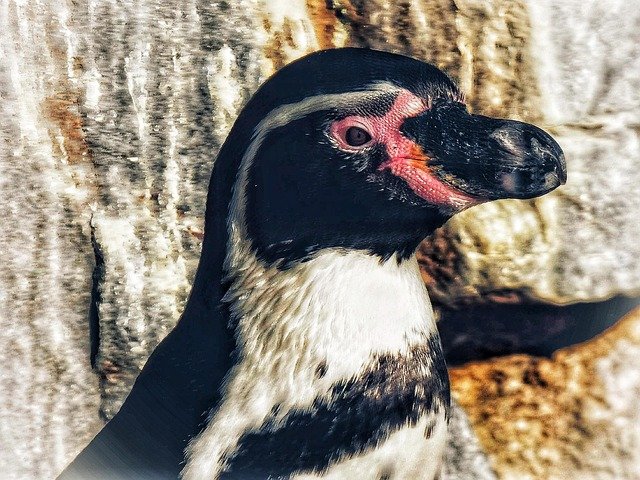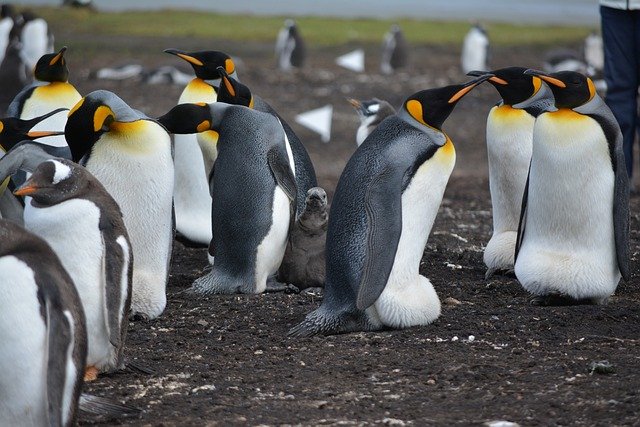**Title: "The Social Dynamics of Penguin Colonies: Cooperation, Competition, and Communication"**

The Social Dynamics of Penguin Colonies: Cooperation, Competition, and Communication
Penguins are fascinating creatures that have captivated the interest of researchers and wildlife enthusiasts alike. Their unique social structures and behaviors offer a window into the complexities of animal societies. In this post, we will explore the social dynamics of penguin colonies, focusing on three key aspects: cooperation, competition, and communication.
Cooperation in Penguin Colonies
One of the most remarkable features of penguin behavior is their cooperative breeding strategies. Many species, such as the Emperor and Adélie penguins, engage in shared parenting. This involves both parents taking turns incubating eggs and feeding chicks.
Shared Responsibilities: The male and female penguins work together to ensure the survival of their offspring. This partnership not only increases the chances of chick survival but also strengthens the bond between the parents.
Huddling Behavior: In harsh Antarctic climates, penguins exhibit huddling behavior to conserve warmth. By clustering together, they reduce heat loss, demonstrating an instinctual understanding of the benefits of cooperation for survival.
Competition Among Penguins
While cooperation is vital, competition also plays a significant role in the social dynamics of penguin colonies.
Territorial Disputes: During the breeding season, male penguins often engage in displays of aggression to establish dominance and secure prime nesting sites. These territorial disputes can lead to physical confrontations, showcasing the competitive nature of their social interactions.
Resource Competition: Penguins compete for food resources, particularly during times of scarcity. This competition can influence foraging strategies and impact the overall health of the colony, as individuals must balance the need to feed themselves and their chicks.
Communication in Penguin Colonies
Communication is essential for maintaining social cohesion within penguin colonies. Penguins use a variety of vocalizations and body language to convey messages.
Vocalizations: Each species of penguin has its own distinct calls, which are crucial for mate recognition and chick-parent communication. For example, Emperor penguin chicks can recognize their parents’ calls amidst the cacophony of the colony.
Body Language: Penguins also use body language to express emotions and intentions. Displays such as bowing, flapping, and posturing help convey messages related to mating, aggression, or submission.
Conclusion
The social dynamics of penguin colonies are a testament to the complexities of animal behavior. Through cooperation, competition, and communication, these remarkable birds navigate the challenges of their environment, ensuring the survival of their species. Understanding these dynamics not only enriches our knowledge of penguins but also highlights the intricate relationships that exist in the animal kingdom.
References
Feel free to share your thoughts or experiences with penguins in the comments below! 🐧
